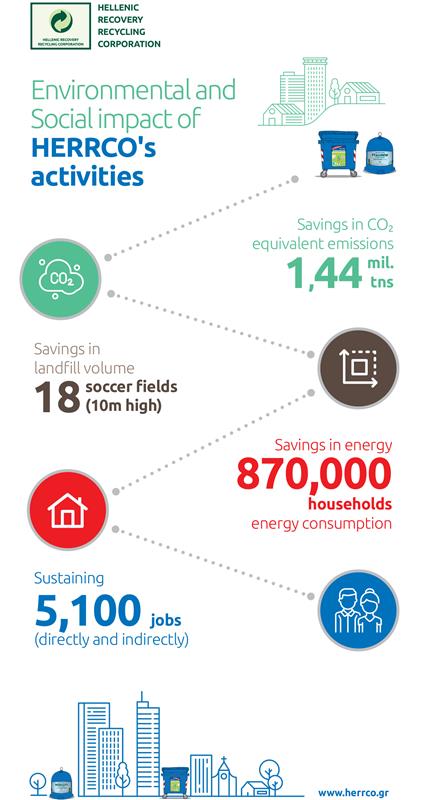HERRCO is developing campaigns and communication programs toward all target audiences and utilizes the electronic communication channels (websites, social media, etc.) to raise awareness and encourage citizens to recycle their packaging using the blue bins and bells.
What is Packaging Recycling?
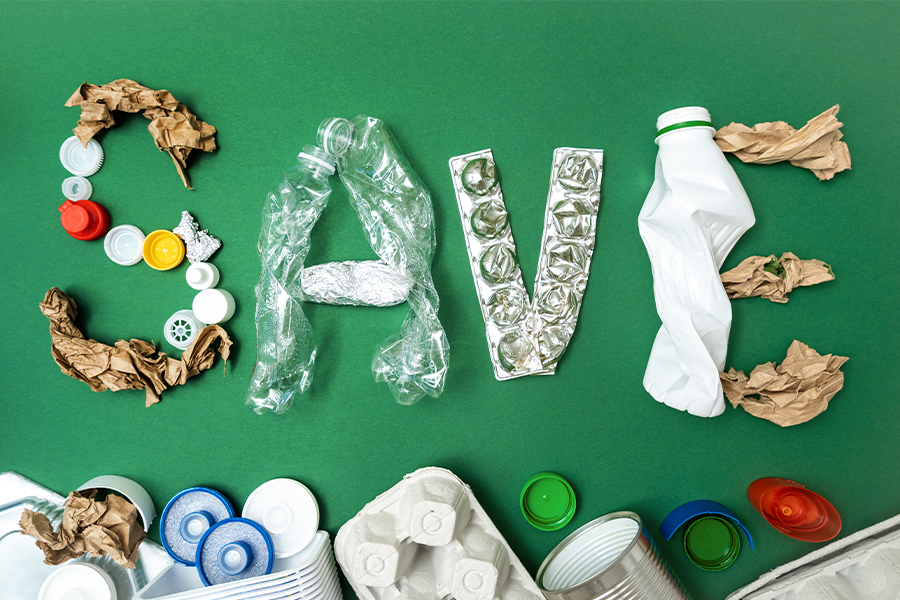
The term Recycling describes a set of measures, actions and procedures that follow a chain reaction so that used materials such as paper, glass, aluminium, plastic and tin-plate can become new products, i.e., materials that were considered waste can return to the natural cycle.
ONLY PACKAGINGS are disposed on in THE BLUE BIN, meaning:
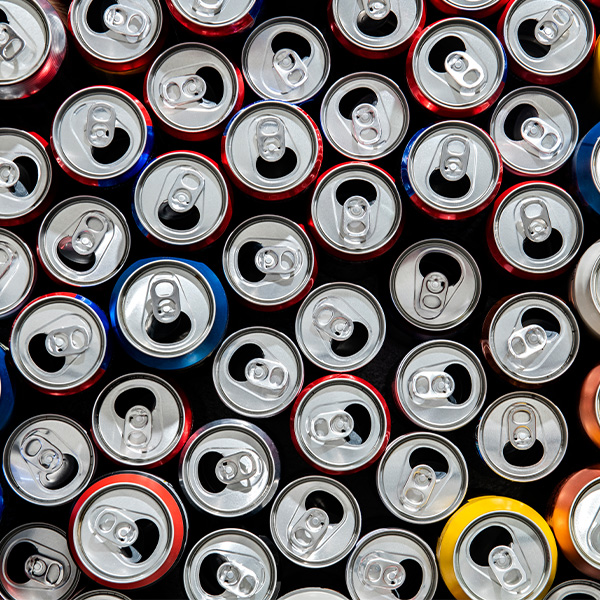
Aluminium packaging
e.g., soft drinks, beers etc.
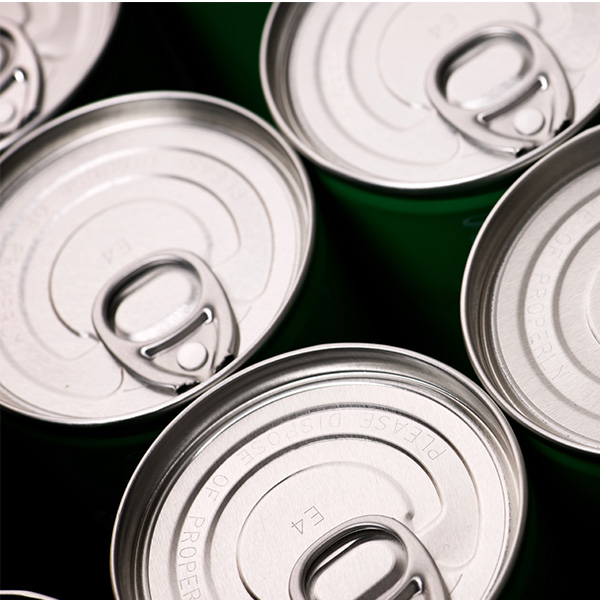
Tin-plate packaging
e.g., of evaporated milk, tuna, animal foodstuffs, tomato concentrate, etc.
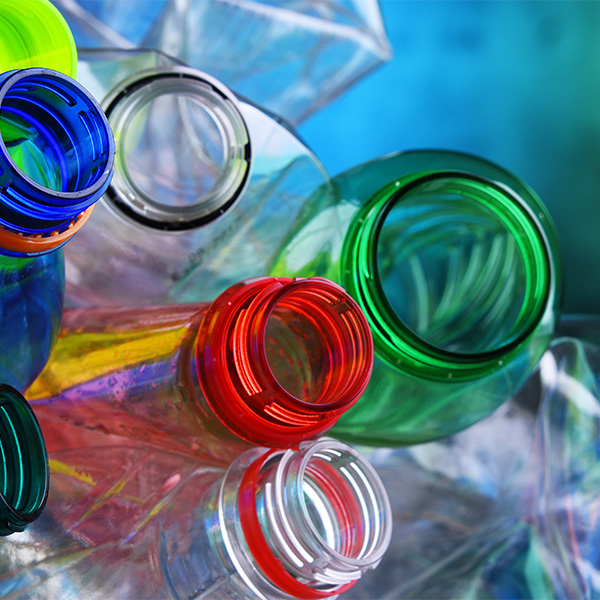
Plastic packaging
e.g., bottles and containers of water, soft drinks, yoghurt, butter, oil, detergents, cleaning agents, shampoos, shower gels, cling film, deodorants, plastic bags etc.
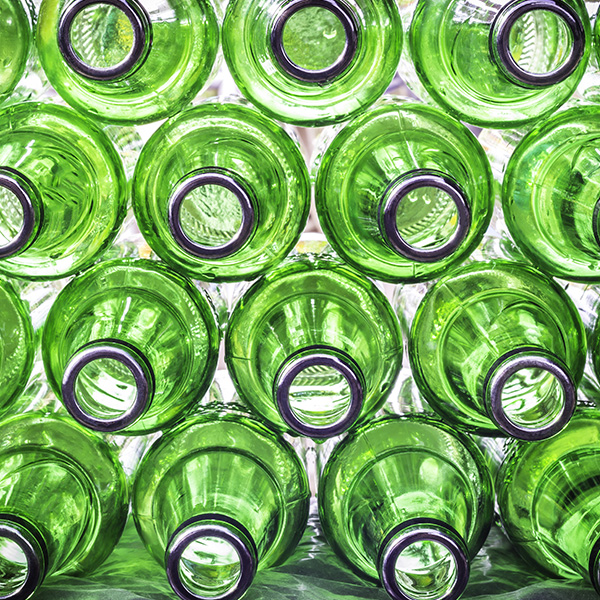
Glass packaging
e.g., bottles and jars of water, soft drinks, alcoholic beverages, food, etc.
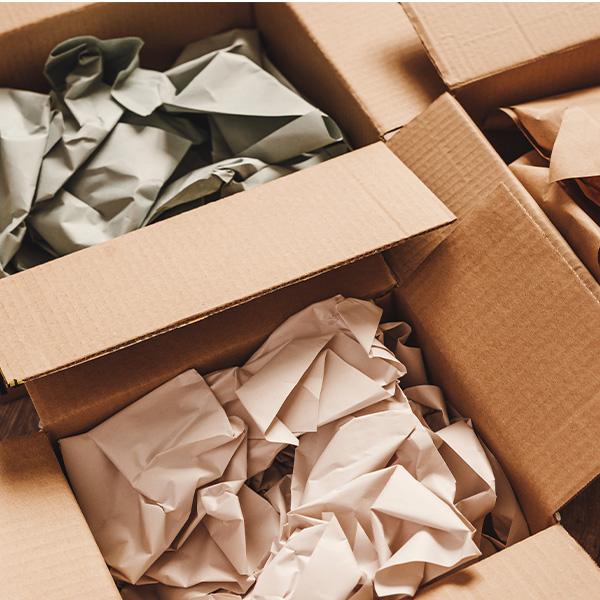
Paper packaging and cardboard boxes
e.g., from electrical appliances, milk, juices, cereals, pizza, biscuits, sugar, detergents, paper bags etc.
To see a detailed list of what we can or cannot dispose of in the Blue Recycling Bin.
Children & Education

Paying special attention to education and its role in shaping environmental awareness among youth, with the approval of the Ministry of Education, Research and Religious Affairs, HERRCO organizes special educational programmes.

Packaging Recycling Pilot Program in the Scout Systems
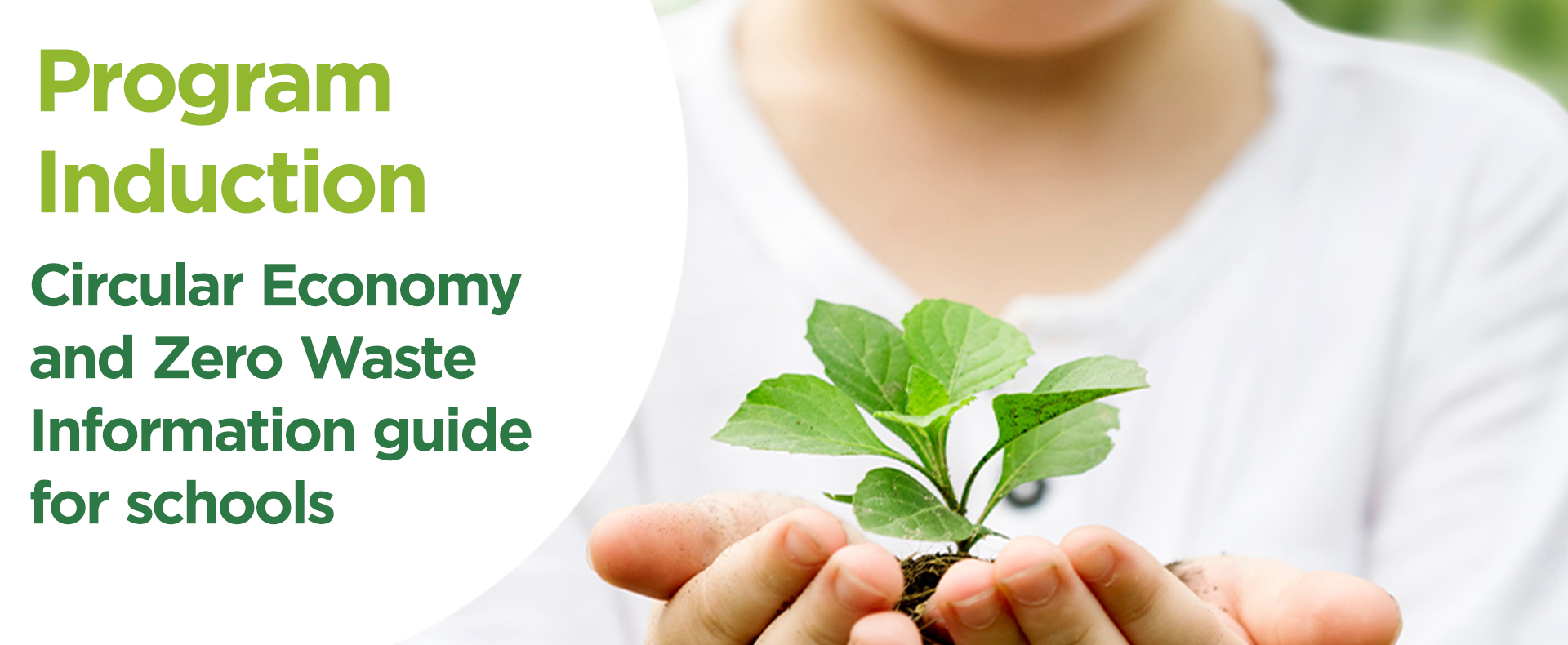
In the context of its ongoing efforts to inform and raise awareness of the educational community, HERRCO participates in and supports the programme for environmental education and actions “INDUCTION” which is implemented by the environmental body NoWaste21 under the auspices of the Hellenic Recycling Agency, with the cooperation of the Municipalities of Vari-Vouliagmeni, Aghios Dimitrios and other Alternative Management Systems.
The “Induction” programme is an integrated educational program that combines the students’ education and environmental learning on matters of Circular Economy and Source Separation.
The pilot project was launched in the 2021-2022 school year with the participation of 10 elementary schools from the Municipality of Vari-Voula-Vouliagmeni, 20 elementary schools and 1 high school of the Municipality of Aghios Dimitrios. It includes educational presentations to students and teachers with in-person and online lessons based on material that was approved by the Ministry of Education as well as the creation of the “Circular Economy and Zero Waste” information guide, which has been distributed to schools.
The educational actions are combined with a pilot application of “Source Separation”, which includes the creation of Recycling Areas at each school. Each Recycling Area has bins, for the separation of 6 streams of waste that can be found in schools and households:
a) Paper-Cardboard, b) Plastic, metal and drink cartons (PMD), c) Electrical and electronic appliances, d) Household batteries, e) Clothing and f) Plastic lids. Municipalities carry out the collections of the packaging streams, and the cooperating bodies collect the rest of the streams. The programme includes the recording, monitoring, and assessment of the results separately for each school, in order for conclusions to be drawn and proposals to be made for the optimization of the programme.
At the end of the program, the best efforts among schools were rewarded and the results were presented at an event in June 2022.
In the next school year, the program will be extended to new Municipalities.

The program “Learn how to recycle correctly using the Blue Bin” is approved by the Ministry of Education, Research and Religious Affairs and aims at teaching Elementary School children how to recycle packaging correctly using the blue bin network. The programme material comprises five educational thematic modules which the teacher can develop in the classroom aided by the detailed instructions that are provided. The blue bin turns into a hero-ambassador of recycling and in a pleasant, creative, and experiential way, reveals the secrets and the benefits of recycling to children.
Within the framework of the programme, these educational packages were sent to all the country’s elementary schools, while a specially designed site www.mplekas.com has been created, where the teacher can find comprehensive educational material and media regarding packaging recycling using the blue bin and the children can utilize material for creative play.
Discover how to recycle correctly using the blue bin. Visit Mplekas site or get a taste from the links below.
With the approval of the Ministry of Education, Research and Religious Affairs.
5-step Recycling Process
How is packaging recycled?
How is recyclable packaging used?

Recycling Benefits
By Recycling:
We reduce the volume of waste that goes to Sanitary Landfills, which prolongs the lifetime of these valuable infrastructures.
By diverting quantities from the Sanitary Landfills, the Municipality has an economic benefit since for each ton of waste sent to the landfill, it spends money for the corresponding landfill fees.
By saving the landfill fees, the Municipality has the potential to reduce the municipal fees paid by the citizens or to invest in upgrading the services it provides to the citizens.
We create and maintain new full-time jobs in the packaging waste collection and sorting sector at local level. We upgrade the quality of life in our neighbourhoods and strengthen our environmental awareness and attitude as a whole.
We save raw materials and energy by substituting raw materials in industry with secondary materials, thereby protecting the environment and the natural resources of the country and the world.
